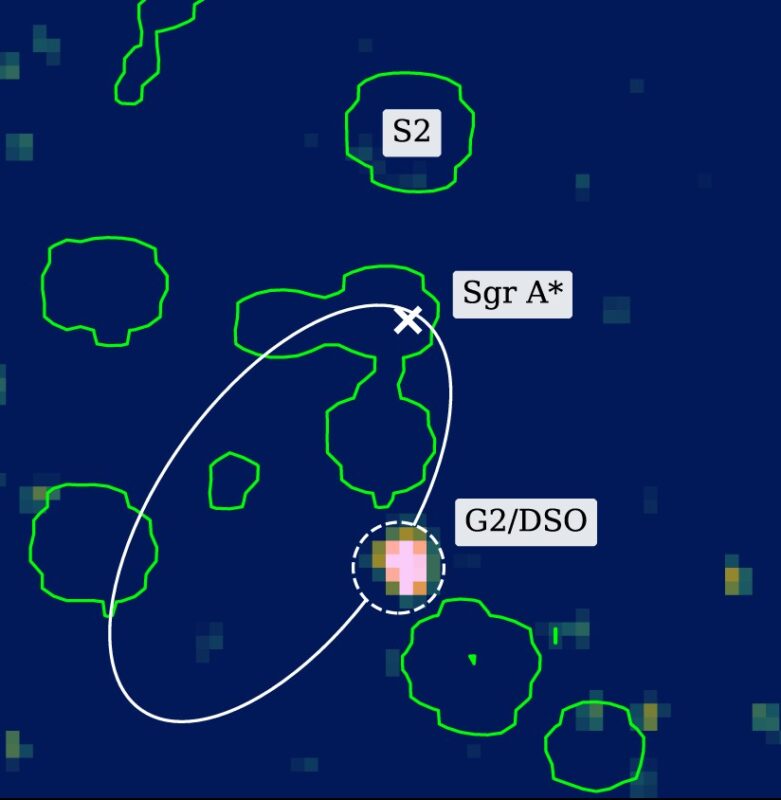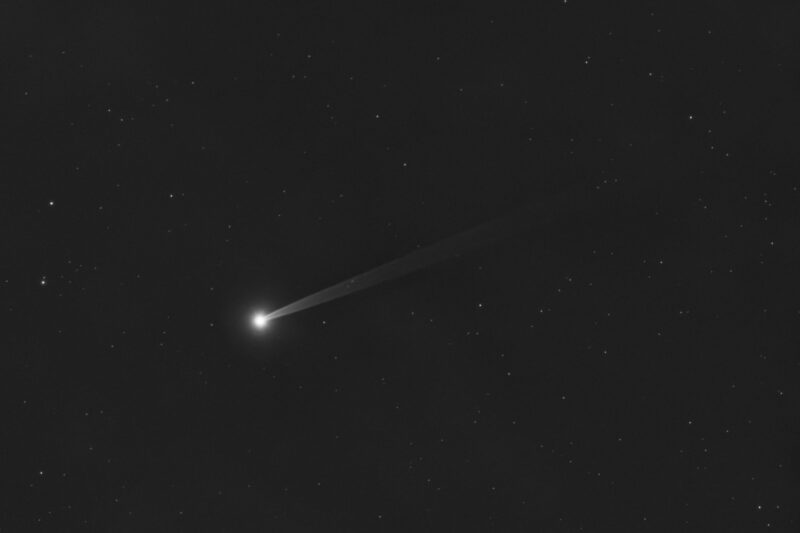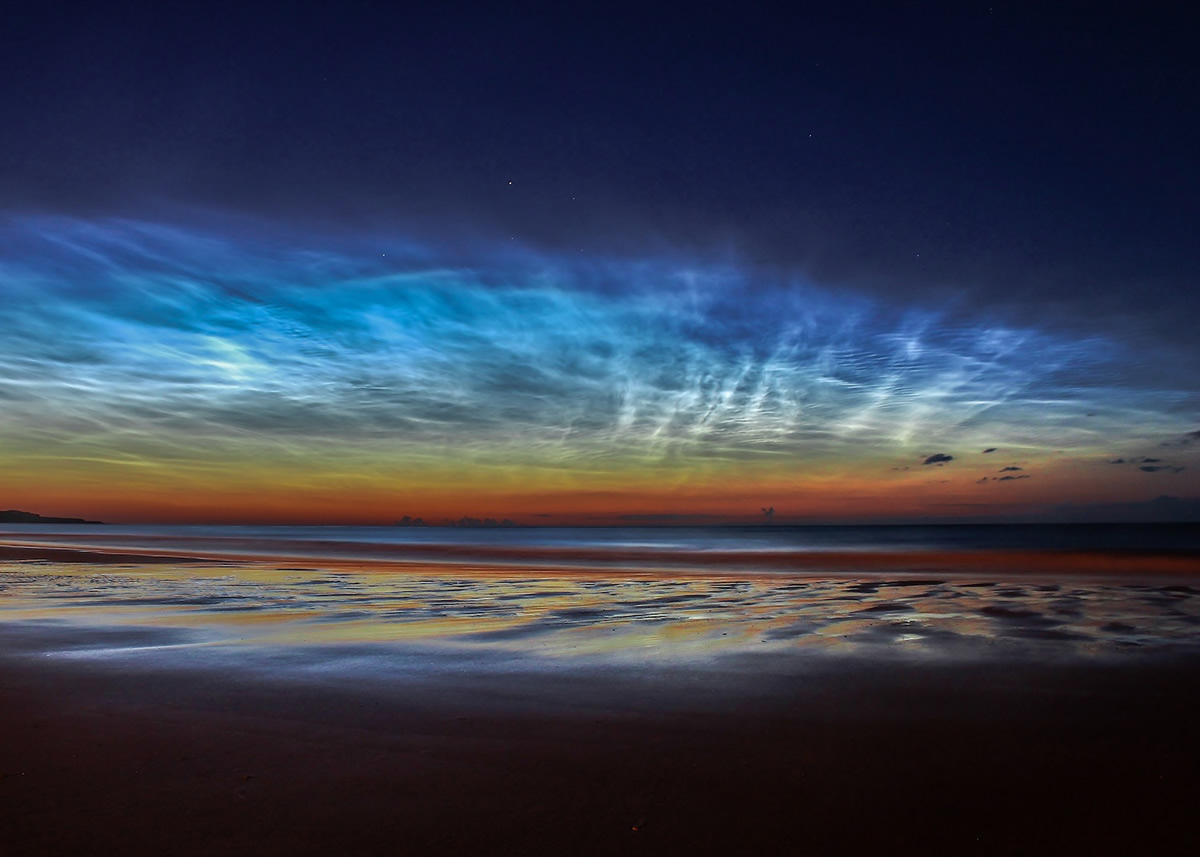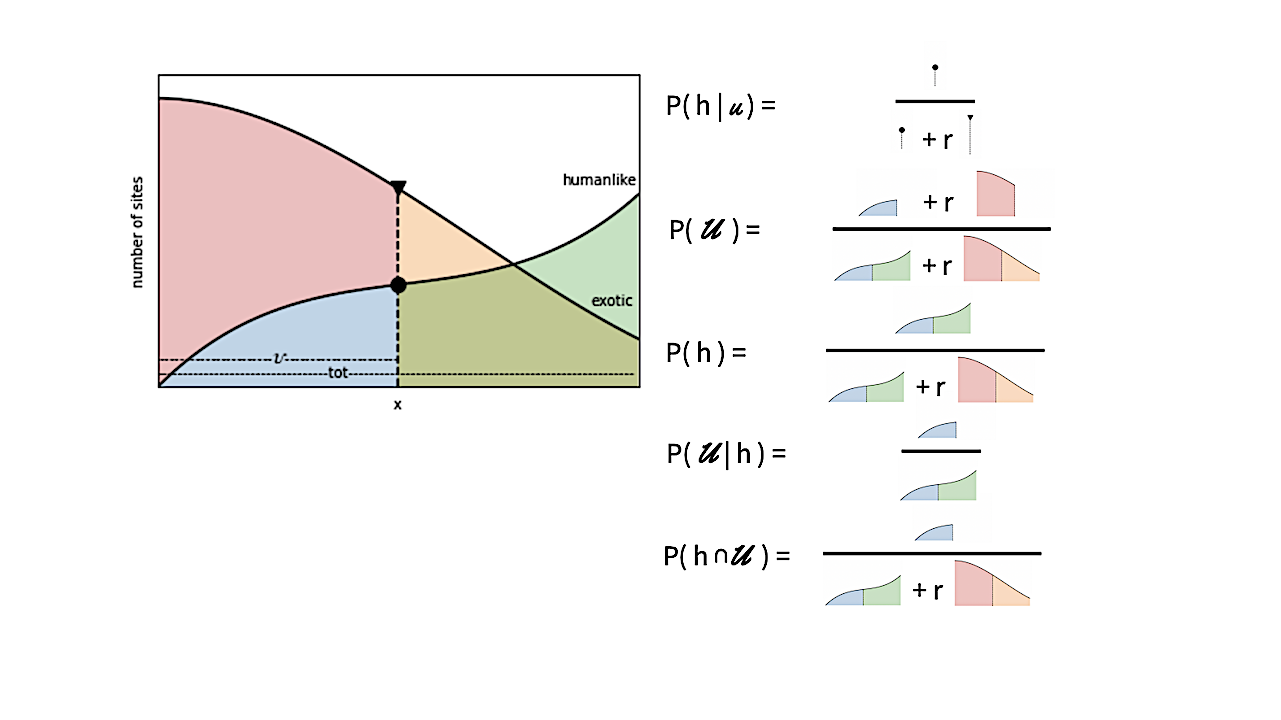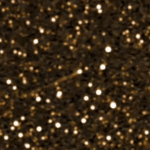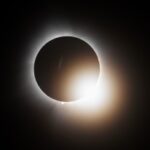Now Reading: What is this weird sphere in space astronomers found?
-
01
What is this weird sphere in space astronomers found?
What is this weird sphere in space astronomers found?

EarthSky’s Will Triggs talks about the odd sphere in space. Video via EarthSky.
Science matters. Wonder matters. You matter. Join our 2025 Donation Campaign today.
- Spherical objects are common in space. They can include stars, planets and some moons. What else might there be?
- An international team of astronomers has found a new spherical oddity in our Milky Way galaxy. It looks like a giant bubble and is nearly perfectly circular.
- The astronomers said it is most likely a remnant of gas and dust from a supernova. There are many of those, but researchers aren’t sure why this one is an almost perfect sphere.
A near-perfect sphere in space
The universe is full of round things, such as stars, planets and some moons. But now, astronomers have discovered a nearly perfect spherical bubble in our Milky Way galaxy. The researchers said on May 7, 2025, that it’s likely a supernova remnant, the gas and dust left over from an exploding star. But why this one is so circular is a mystery. The astronomers found the oddity – nicknamed Teleios (ancient Greek for “perfection”) – using the Australian Square Kilometre Array Pathfinder (ASKAP).
Teleios can only be seen faintly in radio waves, not visible light. And while Teleios is in the Milky Way, its distance is still a matter of debate. The two best estimates are 7,175 light-years and 25,114 light-years. That discrepancy could have implications for how large Teleios is and how it formed.
There is some similarity between Teleios and another phenomenon called Odd Radio Circles (ORCs), first discovered in 2019. But it probably has a different origin since the radio circles are much, much larger in size.
Astrophysicist Miroslav Filipovic at Western Sydney University in Australia led the new international study. The researchers submitted their results to Publications of the Astronomical Society of Australia on May 7, 2025, and the preprint of the paper is available on arXiv.


A supernova remnant, but an odd one
The researchers said this cosmic bubble is most likely a supernova remnant. A supernova remnant is the leftover gas and dust from when a star has ended its life in a massive explosion. It could have been a Type Ia supernova, where a white dwarf star, closely orbiting its companion star, ingests too much material from the companion star and explodes. Or perhaps it was a much rarer Type Iax supernova. In that scenario, the explosion doesn’t completely destroy the white dwarf. Instead, it leaves behind a remnant called a zombie star.
There’s a problem with both possibilities, however. The remnants of a Type Ia supernova should emit X-rays. But this bubble doesn’t.
How far away is Teleios?
A Type Iax supernova is a close match to the supernova remnant of Teleios, based on its emission properties. But that would suggest that Teleios is a lot nearer to us than even the closer estimate, at only 3,262 light-years away.
For the 7,175 light-year distance estimate, Teleios would be about 46 light-years across. If it’s farther away, at 25,114 light-years, then its size would be around 157 light-years. There’s another conundrum: If it is a Type Iax supernova remnant, then the emission properties suggest it would be smaller, only 11 light-years across. There is a candidate star that could be the zombie star at that distance. However, other independent measurements of the distance don’t agree with the distance Teleios would need to be if it were that size.


Why is it so spherical?
Distance and size aside, there’s still the question of why Teleios is so round. It’s almost perfectly spherical. By nature, supernova remnants tend to be more asymmetrical. This means that the explosion itself was asymmetrical in shape. But if the explosion starts off more symmetrical, the expanding gas and dust could retain a spherical shape. This might be what happened with Teleios.
The researchers still aren’t quite sure what the answer is, though. It will require more study and analysis to find out. The paper says:
All possible scenarios have their challenges, especially considering the lack of X-ray emission that is expected to be detectable given our evolutionary modelling. While we deem the Type Ia scenario the most likely, we note that no direct evidence is available to definitively confirm any scenario and new sensitive and high-resolution observations of this object are needed.
Odd Radio Circles
This spherical curiosity brings to mind another kind of unusual cosmic sphere: the Odd Radio Circles (ORCs), first seen by Australian researchers in 2019. Interestingly, they are roughly circular and are only visible in radio wavelengths. They’re much larger, however, about a million light-years across (16 times bigger than our Milky Way galaxy). Astronomers have found five of them so far, and released another study and images in 2022.
Bottom line: An international team of astronomers has found an odd sphere in space. The almost perfectly round bubble-like object is most likely a supernova remnant.
Source: Teleios (G305.4-2.2) – the mystery of a perfectly shaped new Galactic supernova remnant
Read more: Powerful supernovas led to at least 2 mass extinctions
Read more: Odd radio circles perplex astronomers
The post What is this weird sphere in space astronomers found? first appeared on EarthSky.
Stay Informed With the Latest & Most Important News
Previous Post
Next Post
-
 012024 in Review: Highlights from NASA in Silicon Valley
012024 in Review: Highlights from NASA in Silicon Valley -
 02Panasonic Leica Summilux DG 15mm f/1.7 ASPH review
02Panasonic Leica Summilux DG 15mm f/1.7 ASPH review -
 03How New NASA, India Earth Satellite NISAR Will See Earth
03How New NASA, India Earth Satellite NISAR Will See Earth -
 04And Thus Begins A New Year For Life On Earth
04And Thus Begins A New Year For Life On Earth -
 05Astronomy Activation Ambassadors: A New Era
05Astronomy Activation Ambassadors: A New Era -
06SpaceX launch surge helps set new global launch record in 2024
-
 07From Polymerization-Enabled Folding and Assembly to Chemical Evolution: Key Processes for Emergence of Functional Polymers in the Origin of Life
07From Polymerization-Enabled Folding and Assembly to Chemical Evolution: Key Processes for Emergence of Functional Polymers in the Origin of Life













